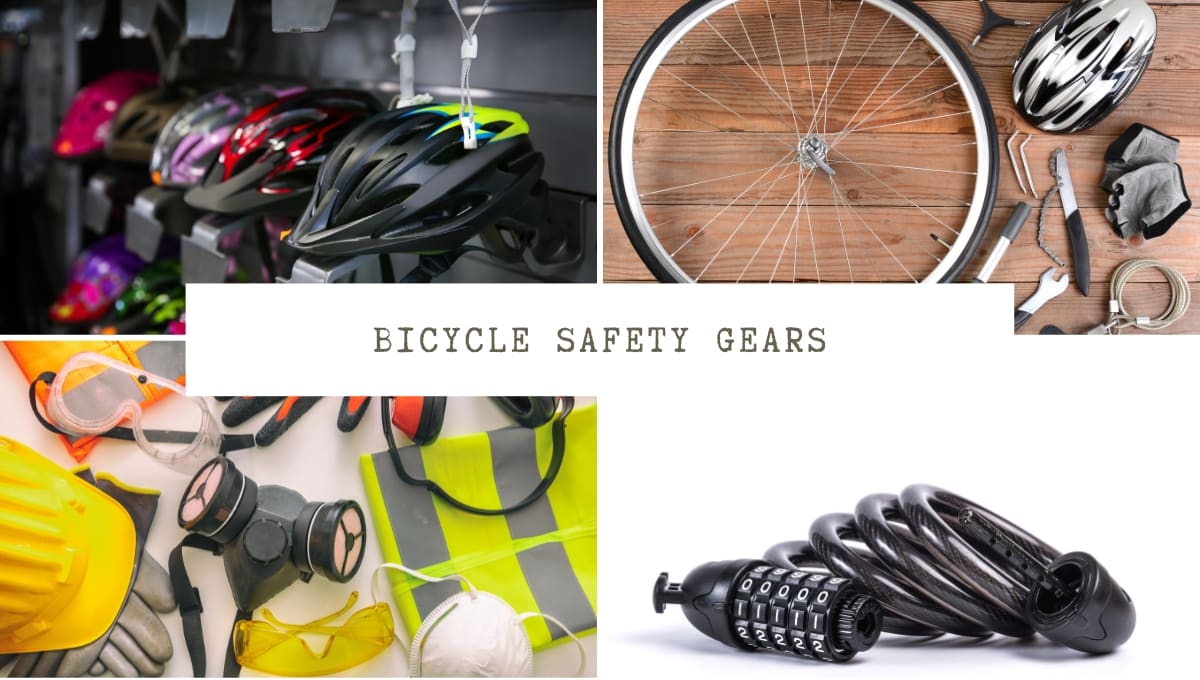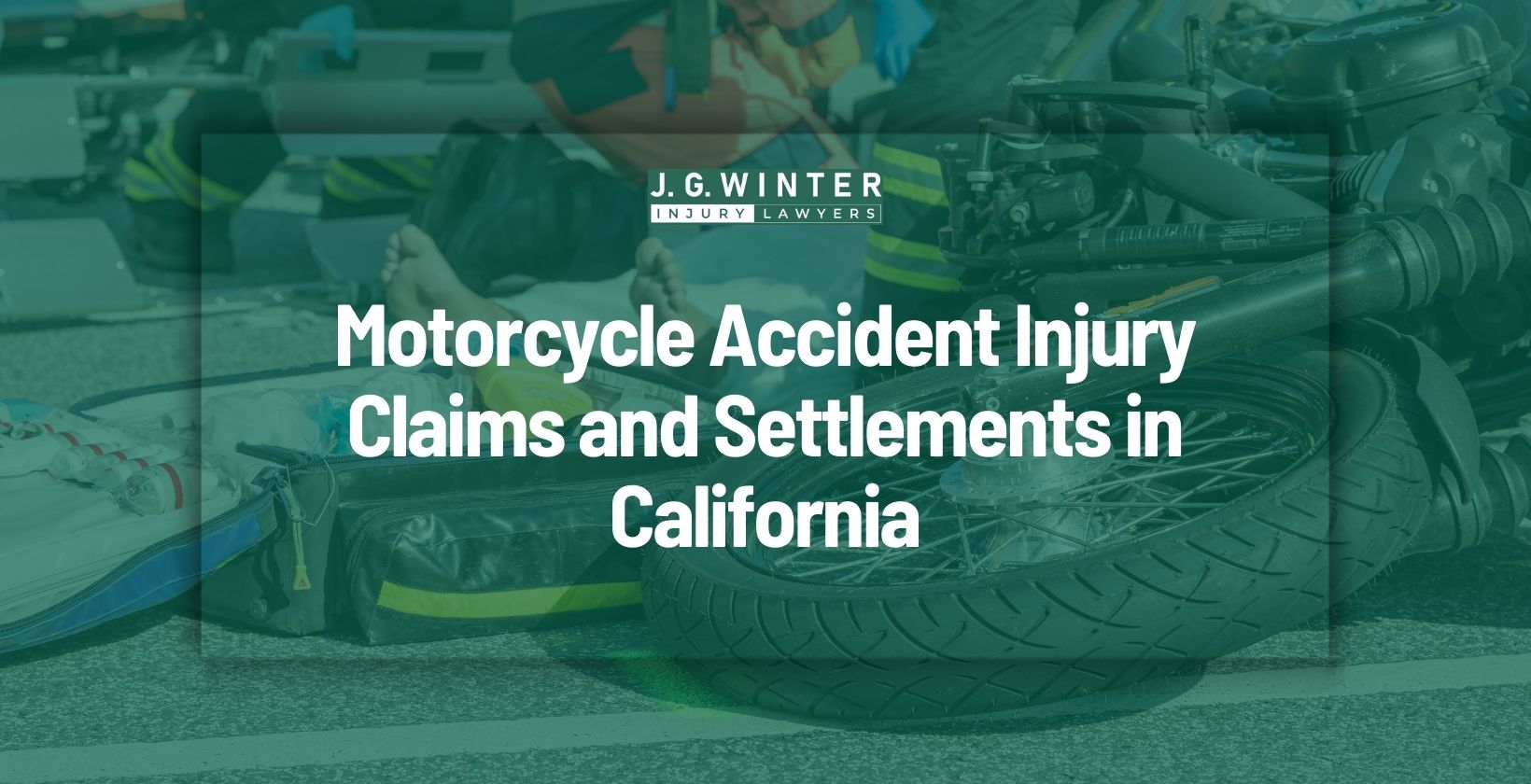Bicycling has been a popular mode of transportation in California. Due to the increasing trend of bicycling, accidents have also increased. Car accidents involving bicycles are extremely dangerous. These accidents can result in minor to severe injuries. You will never be able to avoid a bicycle accident, but you definitely can reduce the risk of being involved in an accident.
Bicycle accident statistics California
According to People Powered Movement, “Each year, around 11,000 cyclists are injured, and roughly 160 lose their lives due to bicycle accidents in California. The state’s bicycle fatality rate has risen to its highest in a 25-year peak in 2016 before steadying, yet it remains notably higher than the national average. Nationally, about 2.6 bicyclists die per 1 million residents annually, while in California, it’s about 3.9 per 1 million—33.3% higher than the U.S. average. Most injuries occur among riders aged 15 to 34. “
Use of cycling equipment

Bicycle safety equipment forms the backbone of a rider’s defense and comfort on the road. The major reason to use these safety equipment is for protection. Comfort is another vital aspect; specialized clothing and accessories make the ride more enjoyable and prevent strain or discomfort while cycling. Some of the safety equipments are:
Wearing helmets
The helmet is one of the most important safety equipment because it protects the cyclist’s head. Your helmet should fit well on your head. When looking for a helmet, you should always look for one built by a reputable brand, as they offer you a great cycling experience.
Use of reflective gear and lights
Reflective gear helps you increase your visibility on the road to other road users. Bicycle jerseys can be comfortable to wear and make you more visible to others when cycling. A safety reflector can be installed on your bicycle’s frame and wheels, making your bicycle more visible to others when cycling.
Check your bicycle before cycling
A pre-ride inspection is like a safety check for your bike. It helps ensure everything is in good shape before you hit the road. Doing this inspection can prevent accidents or breakdowns while you’re riding. You can catch things like loose bolts, tire pressure issues, or brake problems before they become big problems on your ride. It’s a quick way to ensure your bike is safe and ready for your journey, giving you peace of mind while you pedal.
Choose safest lanes
Choosing the safest lane as a bicyclist can make a huge difference in your safety on the road. Opting for lanes that offer more space and visibility can help you avoid potential hazards. Typically, bike or wider lanes that give you some distance from parked cars and enough space from traffic are safer. These lanes also allow for better visibility, making it easier for drivers to see you and for you to predict any potential dangers. Additionally, selecting lanes that align with your direction of travel and avoiding busy roads whenever possible can further enhance your safety while cycling.
Use hand signals
Hand signals are like a language between cyclists and other road users. They communicate your intentions, helping everyone stay safe. Signaling before turning lets drivers and fellow cyclists know which way you’re going, reducing the chance of collisions. It’s a way to clearly show your intentions, whether you’re turning left, right, or even stopping. Hand signals create a predictable traffic flow, making it easier for everyone to navigate the roads together.
Avoid busy roads
Busy roads can be risky for cyclists. With lots of traffic, there’s more going on, which means it can be harder for drivers to see you. Moreover, cars might be moving faster, leaving less time for them to react if something happens. Choosing quieter roads or bike lanes can be safer because there’s less traffic and more space to ride without feeling crowded or rushed. It’s about giving yourself a better chance to stay safe while enjoying your ride.
Follow traffic rules and signals
Following traffic rules and using signals is crucial for cyclists because it keeps everyone on the same page. When cyclists follow traffic rules, like stopping at red lights or yielding when required, it helps create a predictable traffic flow. This predictability allows drivers to anticipate your movements, reducing the chance of accidents. Using signals before turning or stopping communicates your intentions to others on the road, making it safer for everyone. Essentially, it’s about being part of the traffic flow and ensuring everyone knows what you plan to do, ultimately keeping everyone safer.
Regular maintenance of a bike
Maintaining your bike is key to keeping it safe and reliable for your rides. Regular maintenance helps prevent unexpected breakdowns or issues while you’re cycling. It’s like taking care of a car—checking brakes and tire pressure and ensuring everything is working smoothly ensures your safety on the road.
A well-maintained bike also performs better, making rides more enjoyable and efficient. Plus, caring for your bike can extend its lifespan, saving you money in the long run. Bike maintenance is about staying safe, enjoying your rides, and ensuring your bike is safe.
Avoid distractions
Avoiding distractions while cycling is crucial for staying safe on the road. When you are distracted, your focus shifts away from the traffic and potential hazards. This can increase the risk of accidents because you might not notice a car turning, a pedestrian crossing, or obstacles on the road.
Staying attentive allows you to react quickly to environmental changes and make better riding decisions. Whether avoiding using your phone, listening to loud music, or anything else that takes your attention away from the road, staying focused helps ensure your safety and the safety of others sharing the road with you.
What are motorists’ precautions to avoid bicycle accidents?
Motorists are critical in ensuring road safety, especially when sharing the space with cyclists. Being attentive and focused is vital—constantly scanning for cyclists, especially during turns or lane changes, can prevent collisions. When passing cyclists, giving plenty of space is crucial; it provides a safety buffer and reassures cyclists of a secure distance.
Checking blind spots before any maneuver and using clear turn signals offer cyclists a clear understanding of your intentions, allowing them to react properly. Minimizing distractions, maintaining speed limits, and exercising patience around cyclists further contribute to safer roads.
Continue reading about how to avoid bicycle accidents at intersections.
What to do after a bike accident?
When you find yourself in a bike accident, it’s a harsh experience that requires quick thinking and a systematic approach. Knowing what steps to take after such an incident can make a significant difference in ensuring your safety, safeguarding your rights, and navigating the aftermath effectively. Take the following steps if you are involved in a bicycle accident:
Safety First: Check for injuries and move to a safe area. Ensure everyone involved is okay and call emergency services if needed.
Exchange Information: Exchange contact and insurance details with any other parties involved. Gather information from witnesses if available.
Document the Scene: Take photos of the accident scene, including the vehicles involved, any damages, road conditions, and injuries.
Report the Accident: Contact local authorities and report the incident. Get a copy of the police report for insurance purposes.
Seek Medical Attention: Even if injuries seem minor, seek medical evaluation. Some injuries might not be immediately apparent but could be serious.
Preserve Evidence: Keep records of medical treatment, expenses, and any communication related to the accident. This documentation can be crucial for insurance claims or legal proceedings.
Notify Insurance Company: Inform your insurance company about the accident and provide the necessary details.
Consult Legal Advice: Seeking legal advice after a bicycle accident can be beneficial for several reasons. A lawyer experienced in handling such cases can guide you on your rights and the legal options available. They can navigate the complexities of insurance claims, ensuring you receive fair compensation for damages, medical bills, lost wages, and pain and suffering.
How to file a bicycle accident claim in Sacramento, California?
JG Winter Law is a law firm based in Sacramento, California. The firm has over 16 years of experience and excels in personal injury cases.
Choosing JG Winter Law for your bicycle accident lawyer offers several compelling reasons:
Case Evaluation: JG Winter Law begins by thoroughly evaluating your case, assessing the events, and understanding the details to determine the best course of action.
Evidence Gathering: Their expertise involves comprehensive evidence collection. They carefully gather and analyze evidence, including witness statements, accident reports, and any available documentation, to build a strong case in your favor.
Insurance Negotiation: JG Winter Law excels in negotiating with insurance companies on your behalf. They hold their expertise to secure fair compensation for injuries, damages, medical bills, and other losses resulting from the accident.
Trial Representation: If negotiations don’t produce a satisfactory outcome or if the case proceeds to trial, JG Winter Law offers strong trial representation. Our experienced attorneys provide advocacy and representation in court, fighting for your rights.
By choosing JG Winter Law as your bicycle accident lawyer, you can expect a dedicated team committed to advocating for your rights at every stage of the legal process, from case evaluation to trial representation.
Get in touch with JG Winter Law online or dial 1.844.734.2626 for a free consultation.
Prevent bicycle accidents by bicyclist’s FAQs
What are the common injuries in bicycle accidents?
According to the Insurance Institute for Highway Safety (IIHS), the most common injuries from a bicycle accident include those that involve the head.
Do cyclists cause more accidents?
Yes, cyclists can cause accidents. In some accidents, cyclists are found at fault.
Also read: Who is at fault for a bicycle accident involving children?
How common are bike accidents in CA?
California is considered one of the most dangerous states for cycling. 4% of bicycling deaths occur in California, twice the national average.
Do I need a lawyer for my bicycle accident case?
Getting a bicycle accident lawyer after an accident is best because the at-fault party or insurance company can take advantage of you and convince you to settle for low compensation.


